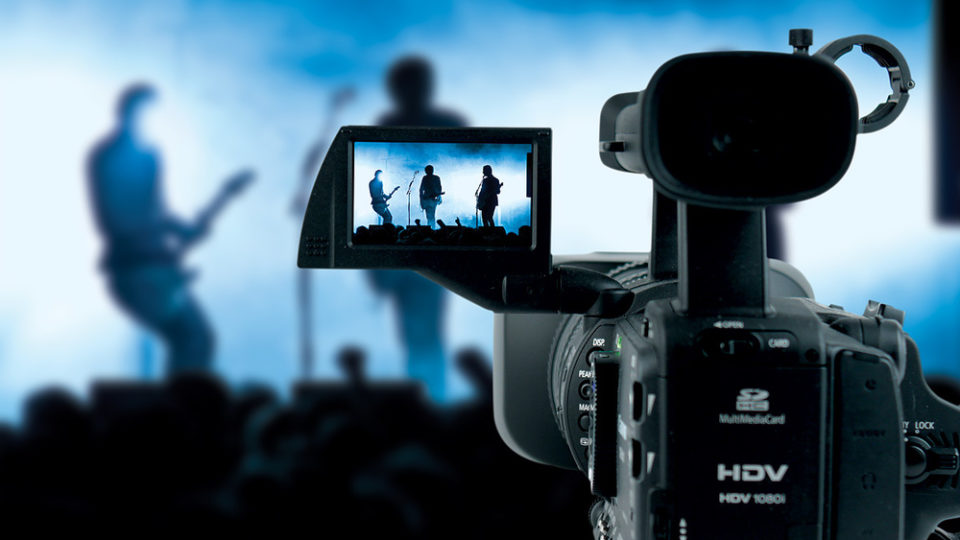How to Negotiate a Sync Music License
Sync licensing is the process of obtaining permission to use a piece of music in a film, television show, commercial, or other media. If you are a music creator, you may be interested in licensing your music for sync use. However, it is important to understand the negotiation process before you get started.
Here are some tips for negotiating a sync music license:
- Do your research. Before you start negotiating, it is important to do your research and understand the market value of your music. You can use online resources such as Synchedin and Songtradr to get an idea of what other artists are being paid for sync licenses. In sync licensing there are two distinctive types – microsync and general sync.
- Be prepared to compromise. When negotiating a sync music license, it is important to be prepared to compromise. The music supervisor may not be willing to pay your asking price, so you may need to be willing to negotiate on the price or other terms of the license.
- Get everything in writing. Once you have reached an agreement with the music supervisor, it is important to get everything in writing. This will help to avoid any misunderstandings or disputes down the road.
Here are some of the key terms that you should be aware of when negotiating a sync music license:
- License fee: This is the amount of money that the music supervisor will pay you for the use of your music.
- Type of license: There are different types of sync licenses, such as exclusive licenses and non-exclusive licenses. An exclusive license means that the music supervisor is the only one who can use your music for a particular purpose. A non-exclusive license means that you can license your music to other people as well.
- Territory: This is the geographic area in which the music supervisor can use your music.
- Term: This is the length of time for which the music supervisor can use your music.
- Credits: This is whether or not you will be credited for the use of your music.
